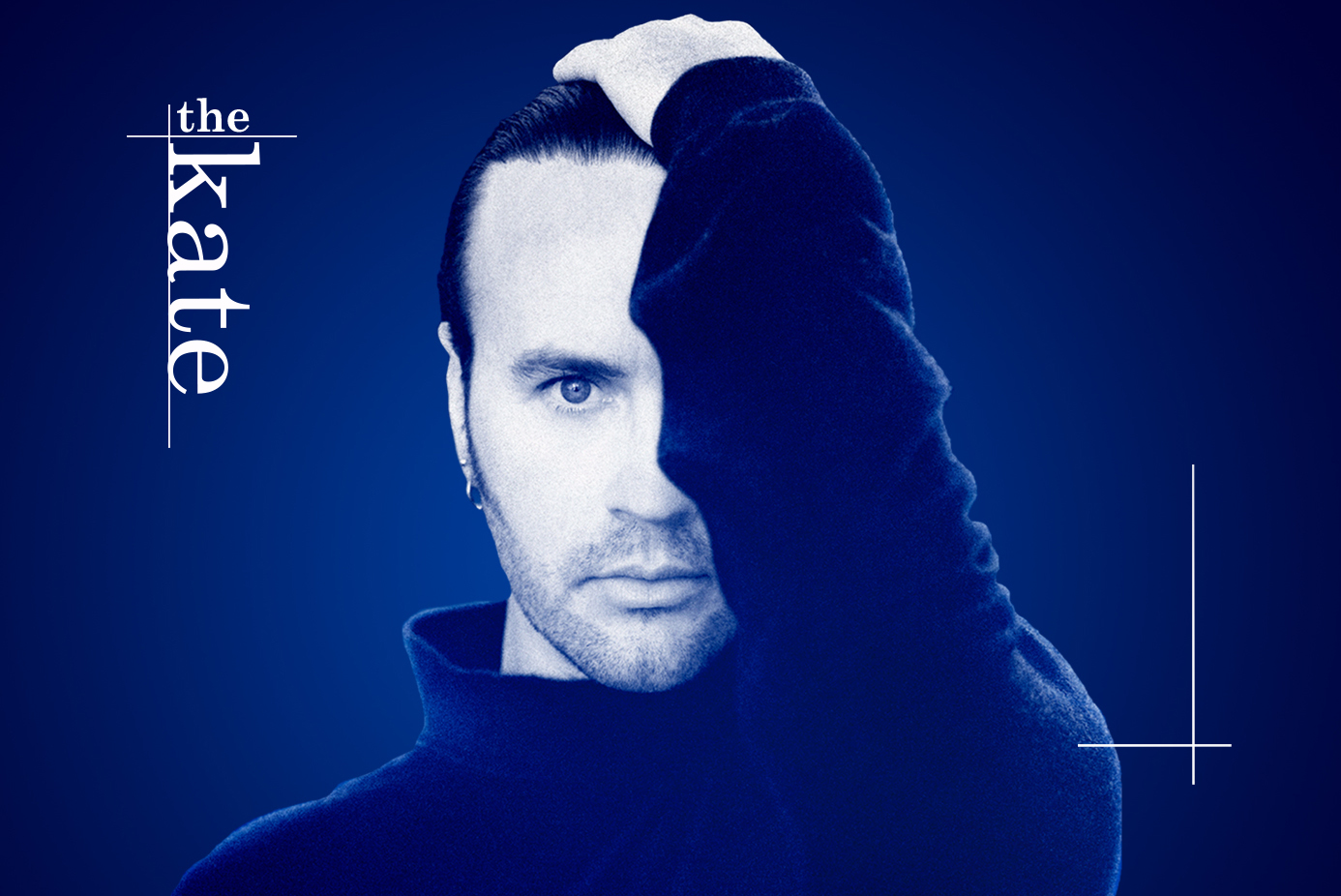
By Rick Koster
Insofar as rock and pop music are art forms that inspire ardently devoted fans, there are plenty of folks out there who might remember Desmond Child as a featured artist — in the late ’70s/early ’80s with the band Desmond Child & Rouge and as a solo act through 1985.
The music Child released in those years was sophisticated, ear-adhesive pop that earned a lot of critical praise — but sold poorly.
Throughout this period, shrewd producers, label honchos and other artists recognized in Child an almost effortless ability to pen songs that were simultaneously sugar-crusted with radio-nuzzling choruses as well as resonant lyrical narratives.
In short order, Child became one of the must-have song collaborators in the business. He’s sat down and helped an astonishing array of platinum talent become MORE platinum-y through his tune-craft. A microscopic representation of his co-writing credits would include “Dude Looks Like a Lady” and “Angel” for Aerosmith; “You Give Love a Bad Name” and “Livin’ on a Prayer” for Bon Jovi; “Livin’ La Vida Loca” and “Spanish Eyes” for Ricky Martin and “If You Were a Woman (And I was a Man)” and “Hide Your Tears” by Bonnie Tyler.
The list of artists Child has worked with is longer than an L.A. traffic jam and includes such seemingly incongruous acts as Carrie Underwood, Kiss, INXS, Kelly Clarkson, Dream Theater, Hall & Oates, Katy Perry, Scorpions, ZEDD, Ty Underwood, Weezer, O Town, Cindy Lauper, Lindsay Lohan, Joan Jett and Cher. And several more.
Though it’s been years since Child did any solo shows, he appears Tuesday in Old Saybrook at the Katharine Hepburn Cultural Arts Center. He’ll have a full band with him and, between recitations of huge hits and deep cuts from his catalog, Child will discuss the tunes and tell anecdotes. The performance will be taped for future broadcast as part of the CPTV series “The Kate.”
Recently, Child spoke with The Day. Below are excerpts from that conversation, edited for space.
On what’s required, besides musical genius, to walk into a collaborative situation and instantly analyze the chemistry and egos of what’s been an incredibly diverse run of artists — many of whom are used to writing their own material:
A: Most people really want to succeed, so that’s not the problem. The strongest songs are honest songs, so getting people to relax, trust and reveal who they really are is the key. Maybe there’s a certain charm to it. I’m pretty good at poking fun at myself, and I can usually get people to laugh. And once someone laughs, they open their hearts.
Child generally writes a song based on the lyrics, feeling the meaning and story of the tune should shape the melody and chord structure. On what might happen if someone he’s been brought in to work with feels a particular topic calls for a different melodic or harmonic idea than Child has suggested:
A: It’s usually the opposite. My job is to help them clarify and crystallize an idea — first, in a title and lyric and what it all means. My mentor, (songwriting legend) Bob Crewe taught me the value of a song title or lyrical hook and taught me how to distill it and then everything else follows. It’s like telling a story and then putting it to music. The mood of the story is so important — it can be fun or sad or whatever, but the challenge is to make the chords and melodies accentuate or contrast appropriately.
On whether, ridiculously enough, it’s possible to point out one particularly magical collaborative experience:
A: Actually, yes. When Jon Bon Jovi, Richie Sambora and I wrote “You Give Love a Bad Name.” We were in a small house on a marsh in New Jersey where Richie was living. In the far distance, you could see all these oil business structures where the mob goes to get rid of people.
I had a card in my pocket that said “You give love a bad name” and Jon’s eyes just lit up. He happened to have an unused lyric from another song, “Shot from the heart and you’re to blame,” and, well, THAT seemed to fit pretty well. We wrote the song very quickly and, just as quickly, it became a hit.
I’ve thought about that one a lot. The three of us had mutual affections for Bruce Springsteen, AC/DC, Kiss and Led Zeppelin, and they all came together for us in a very unique style. There were heavy power chords, but also some R&B undulation on the bass side and a strong storytelling element in the lyrics. At that point, heavy metal was developing a bubble gum element, and that song had a perfect sound for cruising down Sunset Strip with the top down.
On whether Child prefers to utilize modern technology for long-distance collaboration — sharing audio files back and forth — or be in the actual rehearsal room with the artist:
A: I much prefer to be in the same room because then there’s someone to have lunch with (laughs). But, yes, it’s much more fun to be together; so much meaning is conveyed nonverbally and in the moment as the work unfolds. Sometimes we might work on Skype and you can get in a mode where you forget you’re not in the same room. But it’s much harder if you’re sending files. Plus, I’m not that technical in a studio. I can’t even turn on a mixing board.